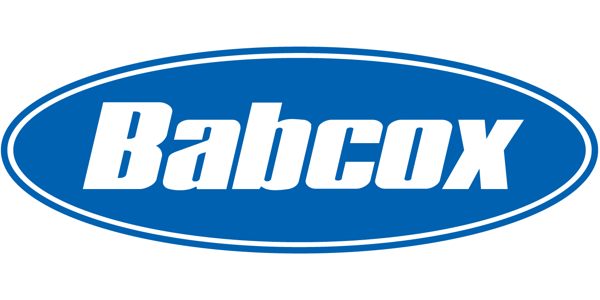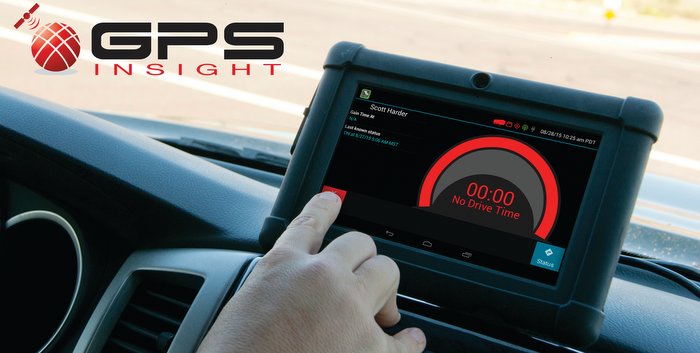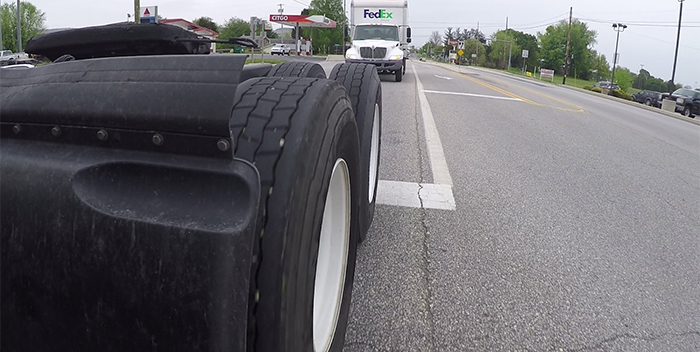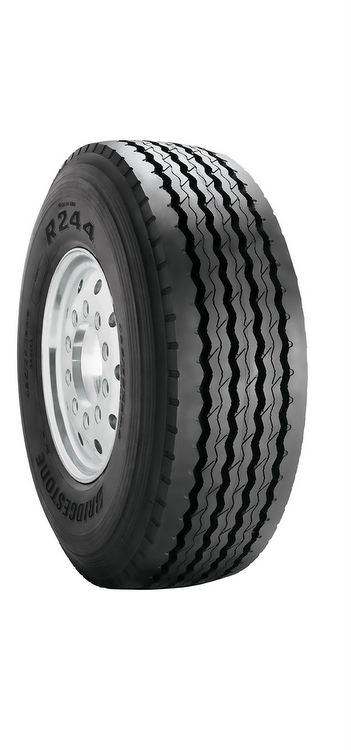In the fleet maintenance arena, like most other segments of the motor vehicle service and repair industry, the importance of technician credentials is growing. Regulatory agencies, such as OHSA, FMCSA and the EPA, among others, have rules governing technician qualification for certain activities. Some states and localities have licensing requirements that include technician qualification provisions. Suppliers often have technical training or certification requirements for warranty repair authorization. But, beyond all that, qualified technicians contribute to productivity and efficiency improvements – two key drivers of your business.
There is an implicit link between “qualification” and evaluation, which is often in the form of a written test. Unfortunately, for many technicians, therein lies a paradox.
Collectively, technicians are not the best test takers. Although the skill set for technicians is changing to reflect the ever-increasing integration of technology in trucks, this challenge still persists. Fleet managers need to know what do to prepare technicians for these assessment challenges and your portfolio of credentials.
Since now is the time to prepare for Spring ASE certification testing, let’s use that as an example. While some of the specifics may vary, the preparation concepts are transferable to other applications.
Much of the anxiety technicians express with ASE certification tests is centered around the uncertainty of what to expect during the test, and I suspect this extends to other test situations, as well. So, the more they know about the areas covered on a test, the less anxiety they will have.
So, where is content information available? For ASE certification tests, technicians and fleets can refer to the Official ASE Catalog of Tests.
The catalog, organized by test title, breaks down each test into two levels: 1. Test Specification, which outlines the general areas of questioning and the number of questions in each area; 2. Task List, which takes each of the general Content Areas of the Test Specification and breaks them down further into a detailed description of the skills covered in that area. Collectively, the Task List can be viewed as the job description.
Careful review of the Task List can provide an understanding of content covered or excluded on a test. Additionally, an assessment of each skill in the Task List also directs technicians to further areas for preparation.
After the review, technicians can concentrate on those tasks identified as weaknesses during the detailed review.
The next component for preparation is identifying appropriate technical information. Again, this is largely dependent on the type of knowledge an individual technician processes in a given service area. If a technician does not perform work in a particular area, consider reviewing basic instructional material such as that found in a textbook or in the front of a service manual.
On the other hand, for those tasks with which the technician is familiar, consider using reference material such as that found in the Technology & Maintenance Council’s Recommended Practices Manual.
Other preparation resources are available on the ASE Web site as well as from several sources that independently publish materials specifically for the purpose of ASE test preparation.
That’s fine for ASE tests, but what about other testing situations? Almost without exception, evaluations are based on some criteria that serves the same purpose as the ASE catalogs. Also, technicians can learn objectives of a training course by studying a chapter in a training manual or reviewing a list of provisions of a regulation.
Who knows? In the process of preparing for tests, your technicians might learn something new.
Chuck Roberts is ASE’s executive director of industry relations.









